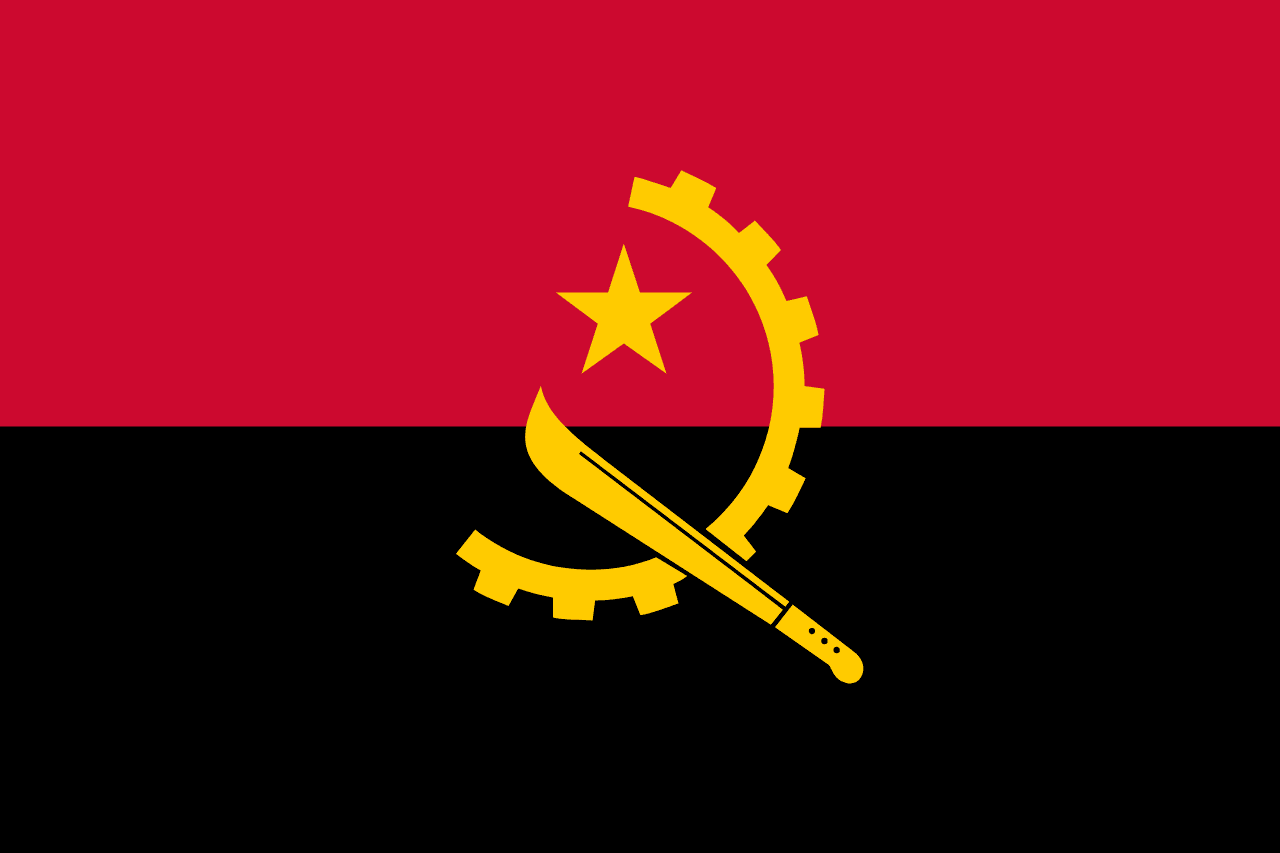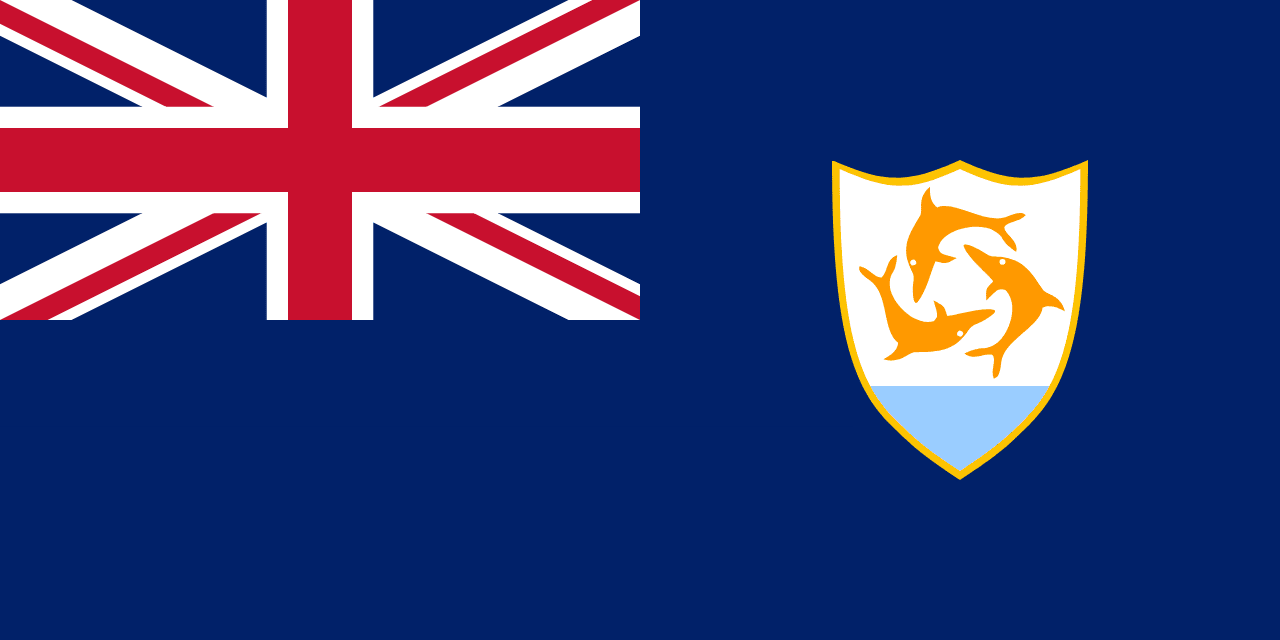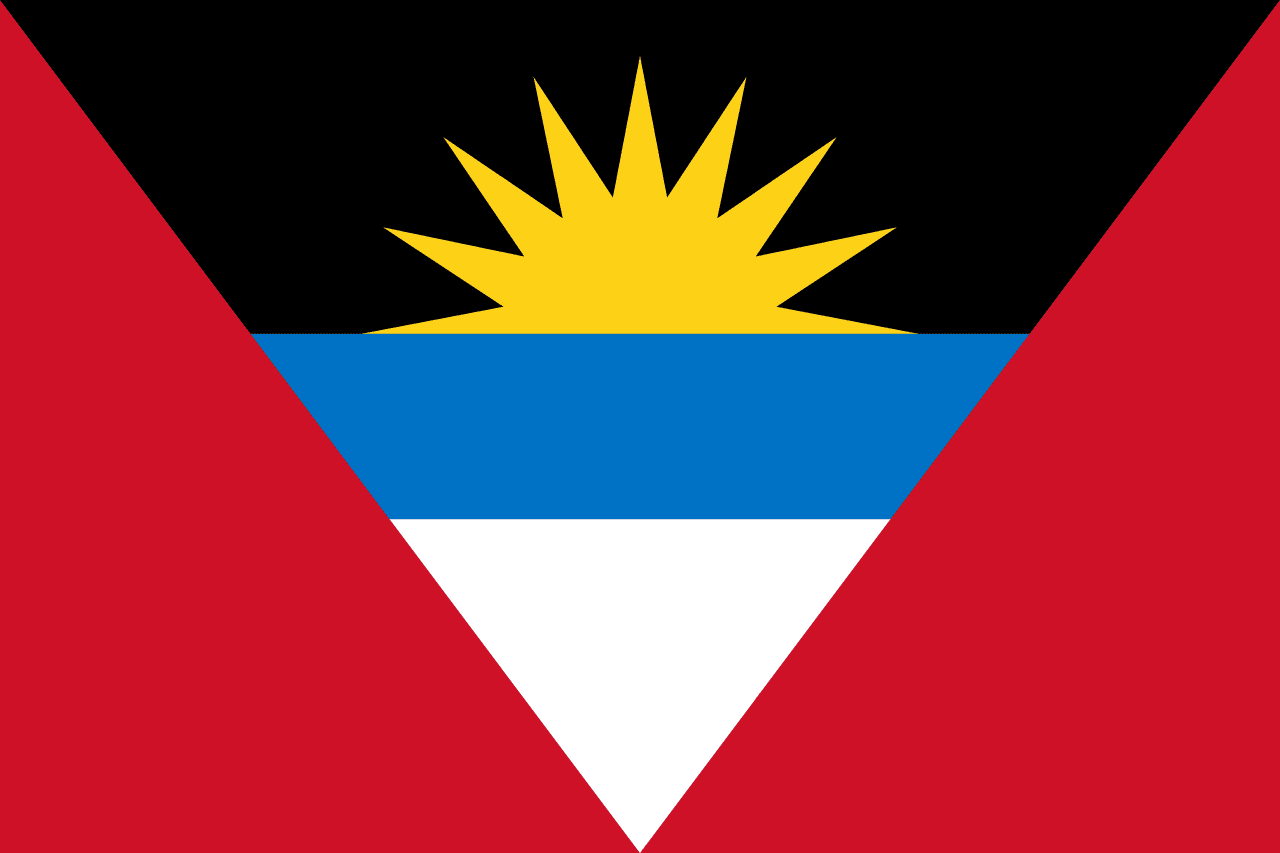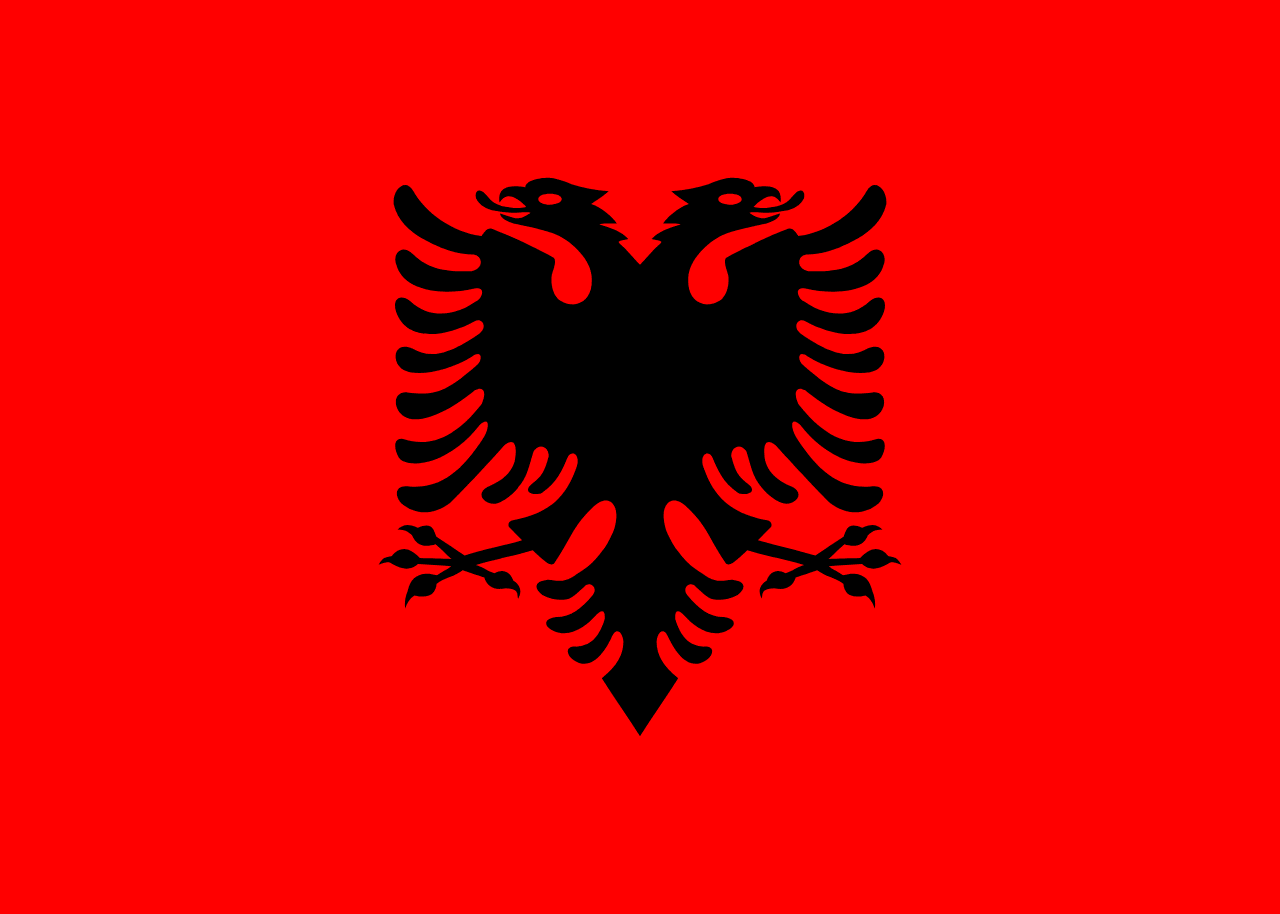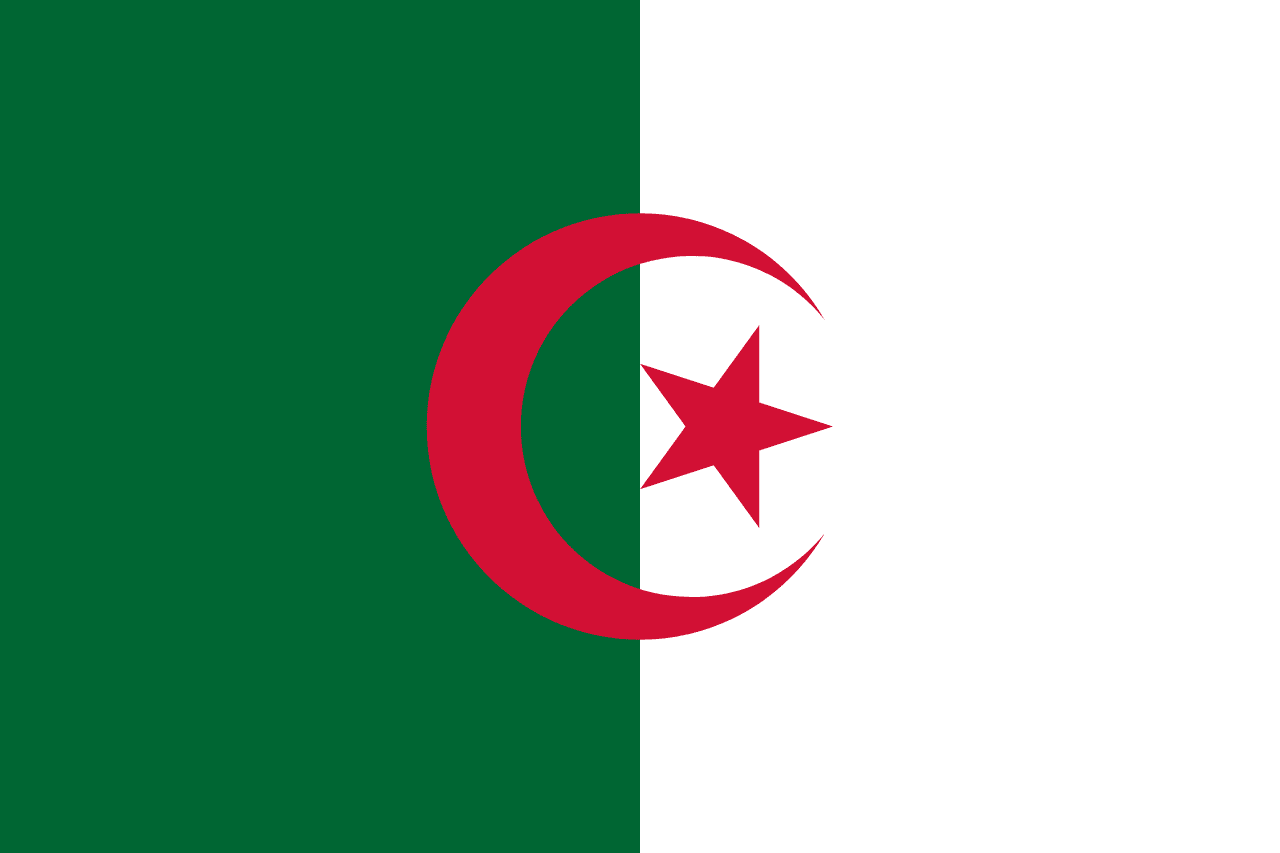The flag of Andorra is a striking tricolor design consisting of three vertical stripes in blue, yellow, and red, with the national coat of arms prominently centered on the yellow stripe. This unique flag encapsulates the rich history, cultural heritage, and geopolitical position of the small principality nestled in the Pyrenees mountains between France and Spain. The coat of arms features a quartered shield that incorporates elements from the emblems of the Bishop of Urgell, the Count of Foix, Catalonia, and the Viscount of Béarn, reflecting Andorra's complex historical relationships and its status as a co-principality.
Andorra information
| National Flag Day | — |
| Sovereign state | Yes |
| Official name | Principality of Andorra |
| Capital | Andorra la Vella |
| Population | 72,003 |
| Area | 470 km² |
| Currency | Euro (EUR) |
| Language | Catalan, French, Spanish, Portuguese |
| Continent | Europe |
| Region | Southwestern Europe |
| Subregion | Pyrenees |
| Borders | France, Spain |
| Timezone | Central European Time (CET) UTC+1 |
| Calling code | +376 |
| Top-level domain | .ad |
History and evolution of the Andorran flag
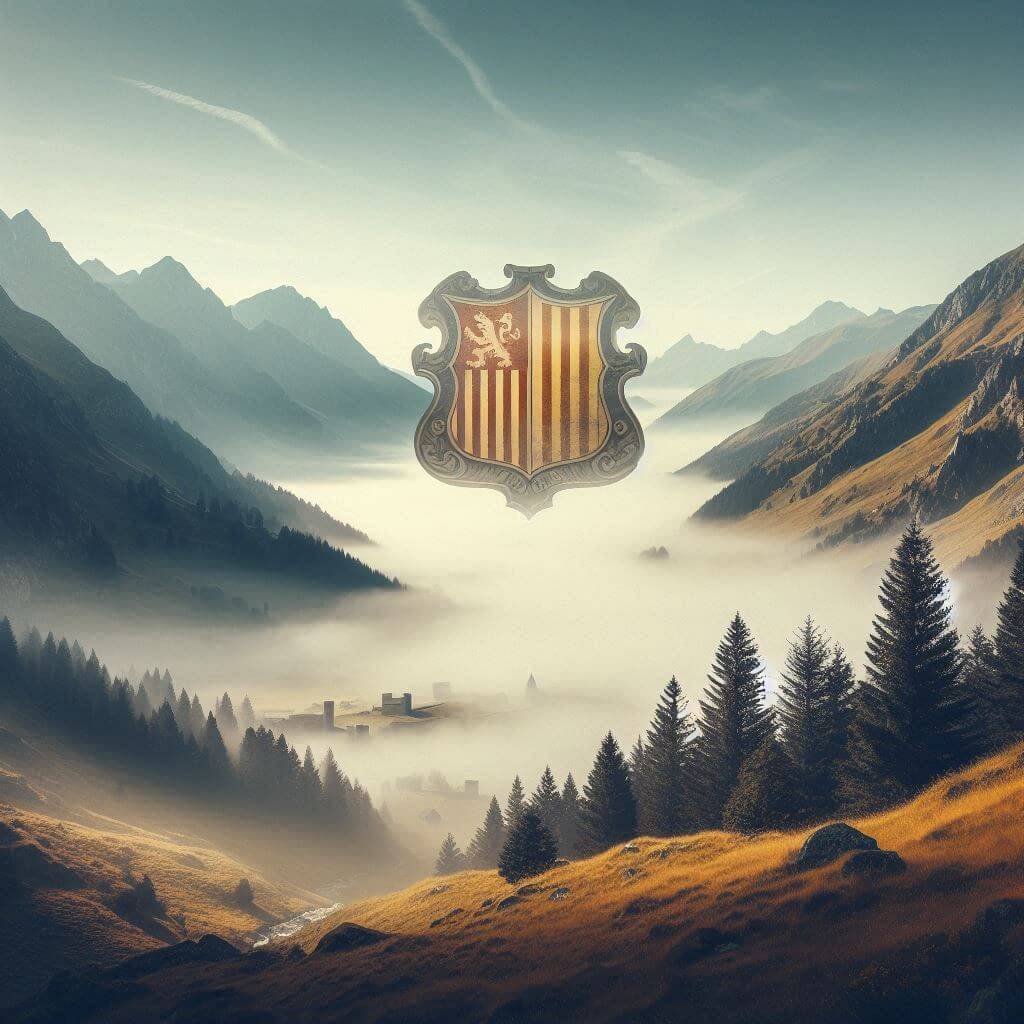 The current flag of Andorra was officially adopted on June 10, 1866, making it one of the oldest national flags in Europe. However, the journey to this design spans centuries of Andorran history. Prior to the 19th century, Andorra did not have a unified national flag. Instead, various banners and symbols were used to represent different parts of the principality, often reflecting the feudal lords who held sway over the territory.
The current flag of Andorra was officially adopted on June 10, 1866, making it one of the oldest national flags in Europe. However, the journey to this design spans centuries of Andorran history. Prior to the 19th century, Andorra did not have a unified national flag. Instead, various banners and symbols were used to represent different parts of the principality, often reflecting the feudal lords who held sway over the territory.
The design of the flag evolved to reflect Andorra's unique position as a co-principality under the joint suzerainty of the French head of state and the Bishop of Urgell. The blue and red stripes draw inspiration from the French tricolor, while the yellow and red recall the colors of the Catalan and Spanish flags. This clever combination symbolizes Andorra's historical ties and its position between these two powerful neighbors.
Over time, the flag underwent subtle modifications, particularly in the depiction and arrangement of the coat of arms. These changes were made to better reflect Andorra's historical connections and to assert its modern identity as a sovereign state. The most recent update to the coat of arms occurred in 1969, further refining its design and symbolism.
Symbolism and design of the Andorran flag
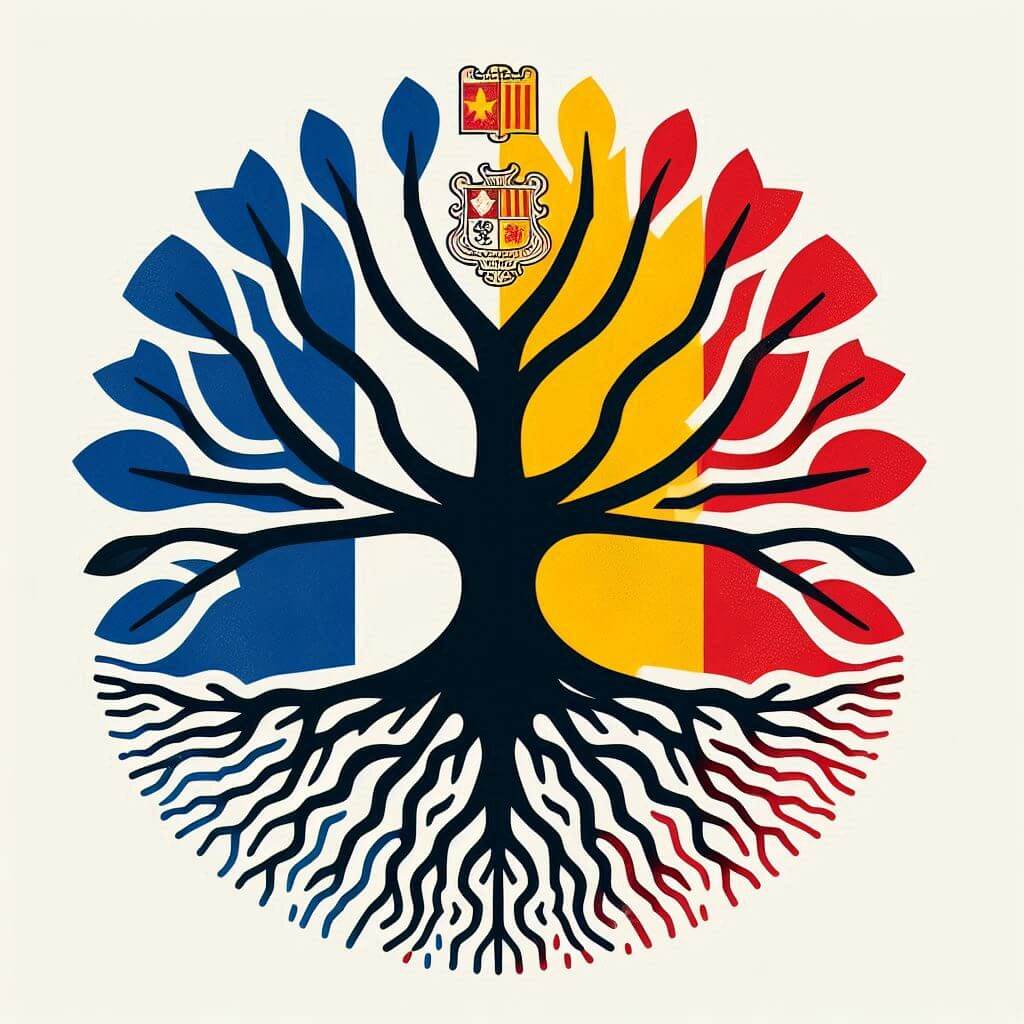 The Andorran flag is rich in symbolism, with each element carefully chosen to represent aspects of the nation's history and identity. The blue stripe symbolizes freedom and is associated with the protective role of France. The yellow stripe represents the Church and the traditional alliance with the Vatican. The red stripe symbolizes Andorra's historical ties with Spain and Catalonia.
The Andorran flag is rich in symbolism, with each element carefully chosen to represent aspects of the nation's history and identity. The blue stripe symbolizes freedom and is associated with the protective role of France. The yellow stripe represents the Church and the traditional alliance with the Vatican. The red stripe symbolizes Andorra's historical ties with Spain and Catalonia.
The coat of arms at the center of the flag is a heraldic masterpiece that tells the story of Andorra's complex feudal history. It is divided into four quarters:
- The mitre and crosier represent the Bishop of Urgell, one of Andorra's two co-princes.
- The three red bars on a gold background symbolize the County of Foix, representing the French co-prince.
- The four red bars on a gold background represent Catalonia, acknowledging Andorra's cultural ties to the region.
- The two red cows on a gold background symbolize the Viscounts of Béarn, who once held influence over the area.
Beneath the shield, a ribbon bears the national motto "Virtus Unita Fortior" (United Virtue is Stronger), emphasizing the strength that comes from Andorra's unique system of governance and its ability to maintain independence despite its small size.
Usage and significance of the Andorran flag
The flag of Andorra serves as a powerful symbol of national identity and sovereignty. It flies proudly on government buildings, schools, and public institutions throughout the principality. During national holidays such as the Feast of Our Lady of Meritxell (Andorra's patron saint) on September 8, and Andorra's National Day on September 15, the flag takes center stage in celebrations and official ceremonies.
In international contexts, the Andorran flag represents the nation at diplomatic events, United Nations gatherings, and sporting competitions. It's a source of pride for Andorrans competing in events like the Olympic Games, where it symbolizes their distinct national identity on the global stage.
Interesting facts about the Andorran flag
- Andorra's flag is one of the few national flags to feature a coat of arms in its center, making it easily distinguishable from other tricolor flags.
- The flag's proportions are 7:10, which is slightly wider than many other national flags.
- Andorra is the only country in the world to feature a coat of arms with elements representing other nations (France and Spain) on its national flag.
- The design of the Andorran flag influenced the creation of the flag of Moldova, which also features a coat of arms on a tricolor background.
- Despite its small size, Andorra maintains strict regulations regarding the use and display of its national flag to preserve its dignity and significance.
- The coat of arms on the flag is one of the most complex in Europe, reflecting Andorra's intricate history and relationships with neighboring powers.
